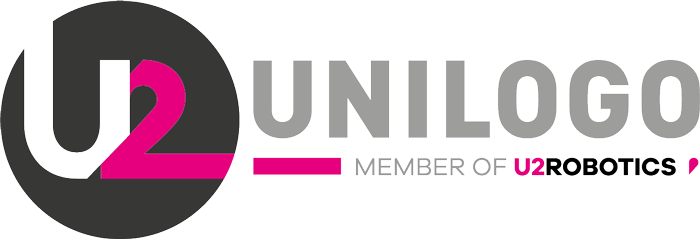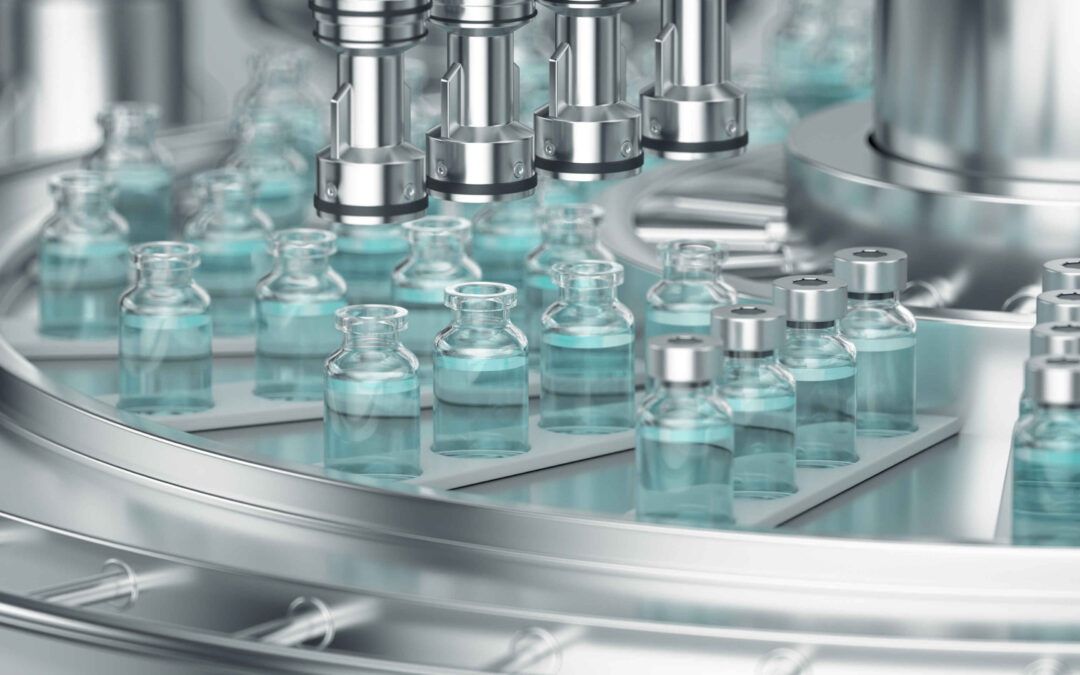The food, chemical, cosmetics and pharmaceutical industries all require accurate dosing of liquids as one of the most important stages of the entire production process. Modern liquid dosing systems must be not only fast, but also very precise.
Table of contents:
Applications for dosing systems
Liquid dosing is an operation found in many different industries. In the case of the food and beverage industry, the correct dosing of ingredients has a direct impact on the taste of the product. In the chemical industry, on the other hand, precise dosing systems are responsible for achieving specific properties and performance of the final product. Proper dosing also has an impact on the safety of a substance’s storage, transport and use.
Precise liquid dosing plays an even more important role for the pharmaceutical and cosmetics industries. The compositions of these products are strictly defined and repeatedly tested. Therefore, proper dosing is extremely important for the safety of users of pharmaceutical and cosmetic products.
Dosing equipment is also used in less obvious industries. For example, it is used in the production of plastics, where it is responsible for the correct dosage of various types of dyes and similar liquid substances. Dosing systems are also used in the electronics industry, for example, where dosing robots controlled by vision systems are used to precisely apply various types of conductive pastes, seals, etc.
What do modern dosing systems consist of?
Most dosing systems, regardless of the industry they are used in, consist of a few basic components. Depending on the specific application, the systems naturally differ in various details, but practically all of them include a tank with the substance to be dosed, a pump with a dosing head and a dosing system comprising flow meters, valves and a control computer.
Liquid dosing always starts with the tank from which the substance is drawn. In most cases, it is made of a chemical-resistant material, such as polyurethane or stainless steel.
When selecting a tank, in addition to specifying the target substance to be stored in it, its intended location is also extremely important. If it is to be placed outdoors, a special weather- and sun-resistant enclosure is usually necessary. The tank must also have adequate protection against leakage and a sensor for the level of the liquid.
It is also very important that the capacity of the tank is adjusted accordingly. It should depend not only on the demand for the substance in question, but also on the space available in the production facility. Consideration should also be given to ensuring adequate access to the container for filling, inspection and regular maintenance.
Liquid dosing would not be possible without a suitable pump for drawing the liquid from the container. Typically, one of the three most common types of pump is used for this purpose: screw, peristaltic and screw pumps.
Precision liquid dosing – How does it work?
Before the liquid taken up by the pump is fed through the dosing head, the correct dose must be measured. This is done by the dosing system, which usually consists of a flow meter, a regulating valve and a computer to control the entire process.
The most common type of flow meter used in dosing systems is turbine flow meters. They are characterised by a fast response time, combined with a high liquid dosing accuracy of 0.5%. Another advantage they offer is the wide range of varieties, suitable for different types of dosing applications. Mass flow meters are also frequently used. They boast even higher accuracy than turbine flow meters, although one disadvantage is their significantly higher price.
The last type of flow meter is electromagnetic flow meters, which, alongside mass flow meters, can be found in the Futureproof 60 and Cosmoline 40 lines offered by Unilogo. Electromagnetic flow meters, true to their name, are used to measure the flow of electrically conductive liquids. They work well for both chemically inert liquids and more aggressive ones.
In addition to flow meters, various types of valves are also used in dosing systems, for example, solenoid valves, pneumatic valves and control valves. Manufacturers of dosing machines most often use solenoid valves. Their pneumatic counterparts are most commonly used for dosing high viscosity substances such as oils and petroleum-based substances.
The last element of the dosing system is its ‘brain’, i.e. the computer that controls the dosing process. This is where the signals from the flow meter and valves go. Control computers vary widely. You can find both simple devices and far more complex ones offering a much wider range of possibilities.
Liquid dosing. Summary
We hope that after reading our article, you know much more about the precise dosing of liquids in the production process using modern dosing tools. These machines are used in many different industries, such as the pharmaceutical, food and beverage or cosmetics industry. Irrespective of the application or industry, a properly designed dosing system is directly responsible for the composition of the product, and thus its safe use by the end consumers.
What does a modern dosing system consist of? The core component of any system of this type is a suitable tank for the liquid, from which liquid is drawn by a pump and transported to the dosing system. A precise dosing system consists of a flow meter, flow control valves and a special computer that manages the dosing process.
Properly defining the requirements for a specific dosing system is already half the battle. If you are currently tasked with selecting a machine of this type and are wondering how to choose the right device to meet all your requirements, we encourage you to use the contact form, which you can find on our website www.unilogo.com. We guarantee that our team of skilled engineers will make every effort to develop and present the ideal solution for your company.


